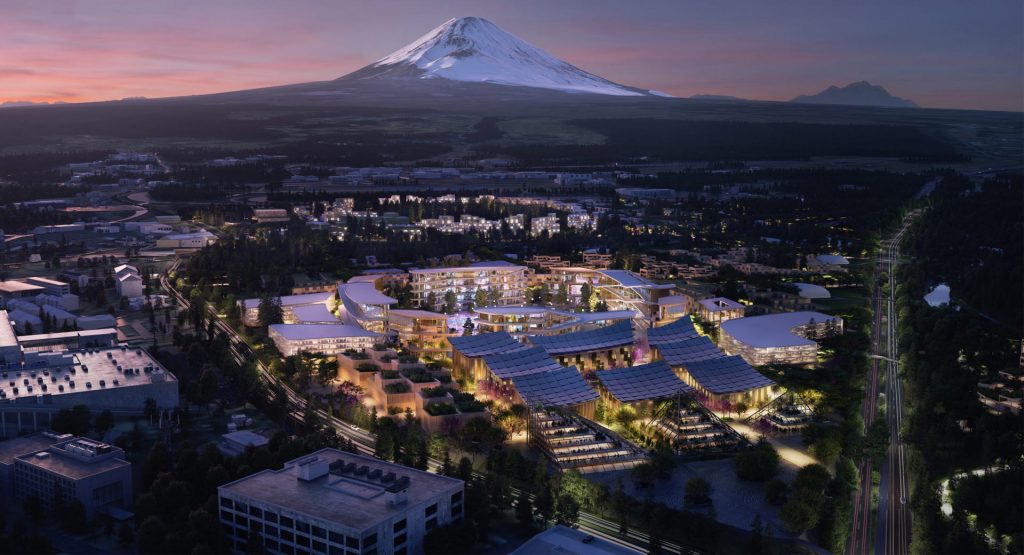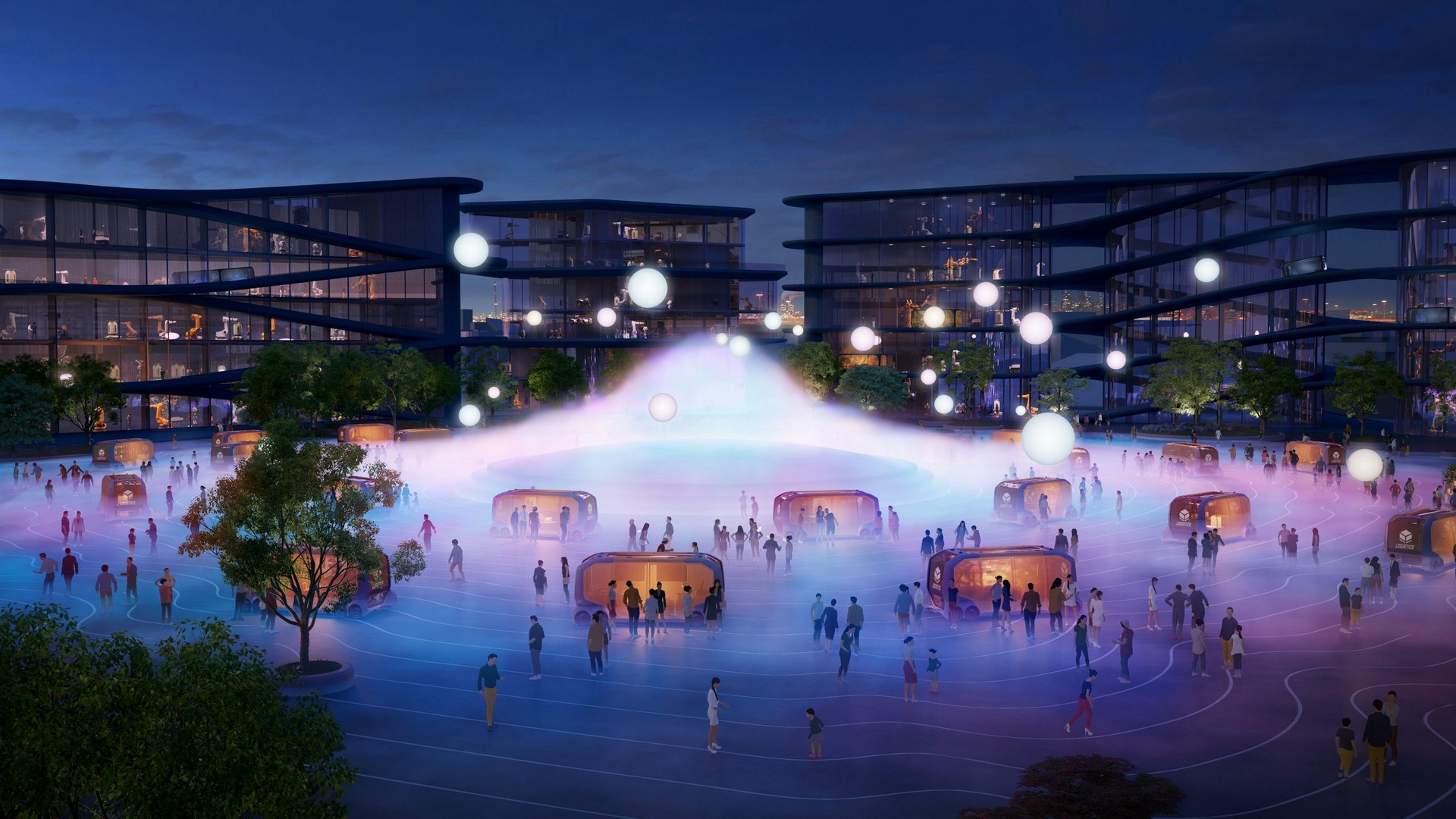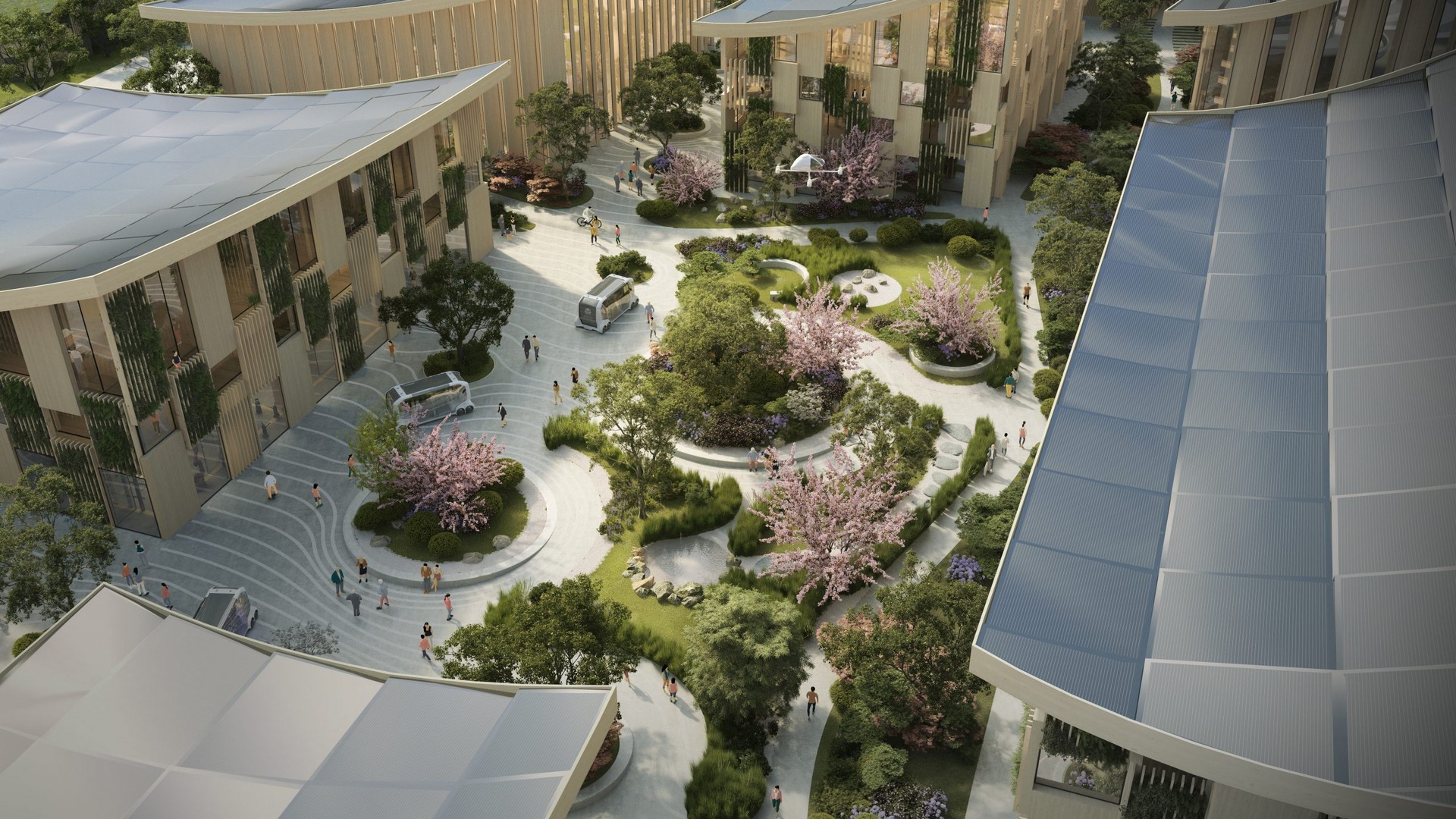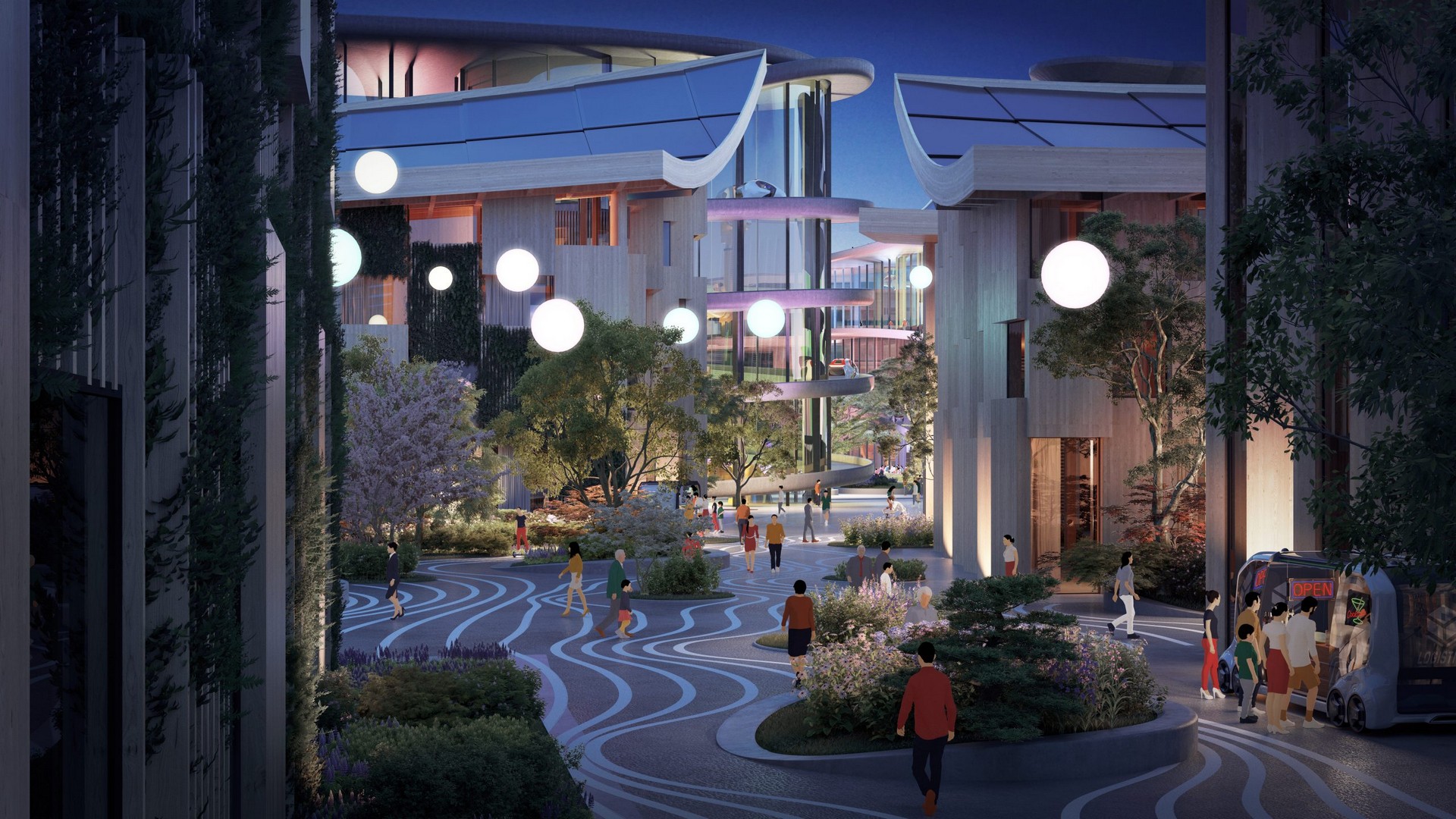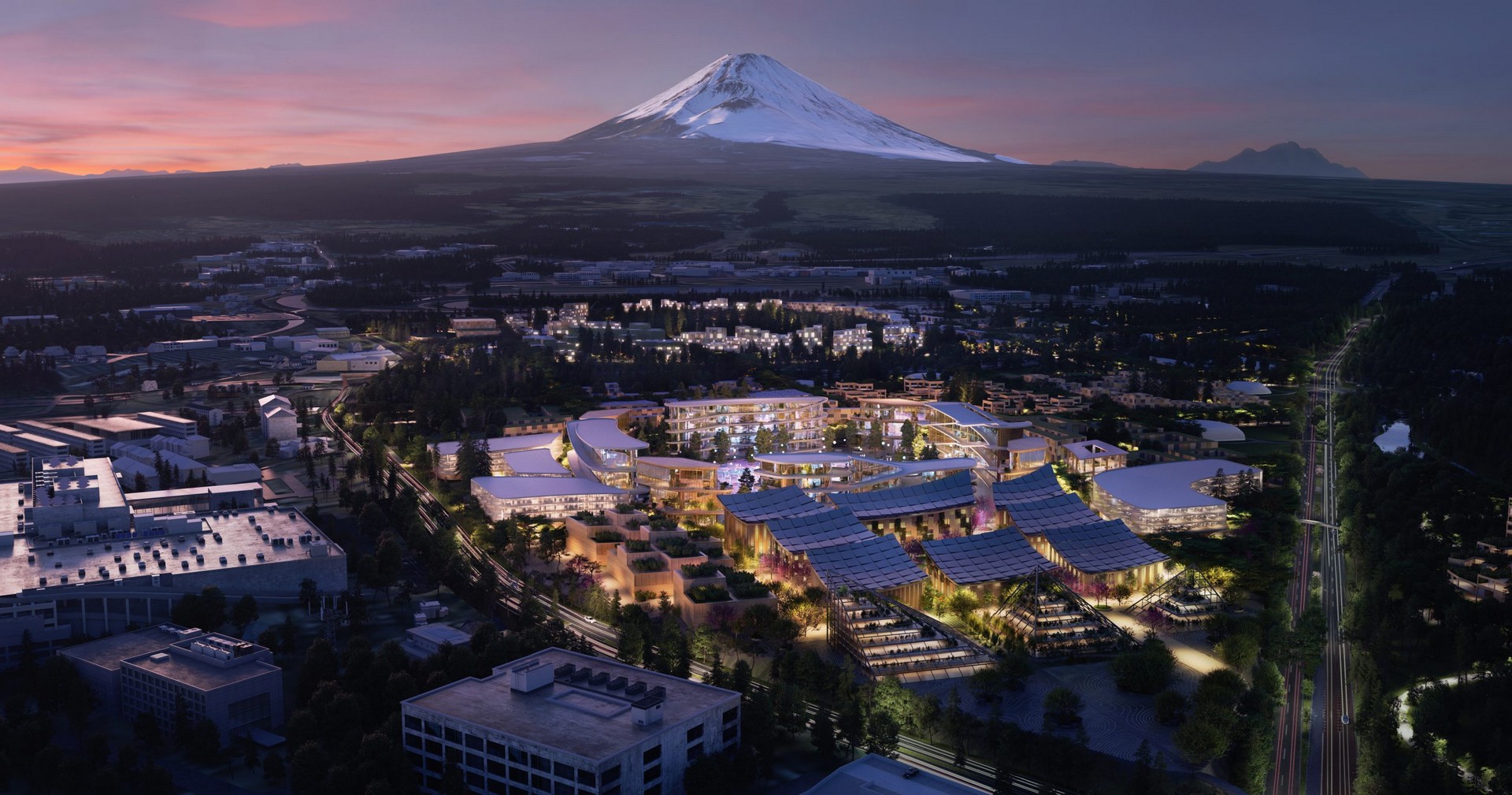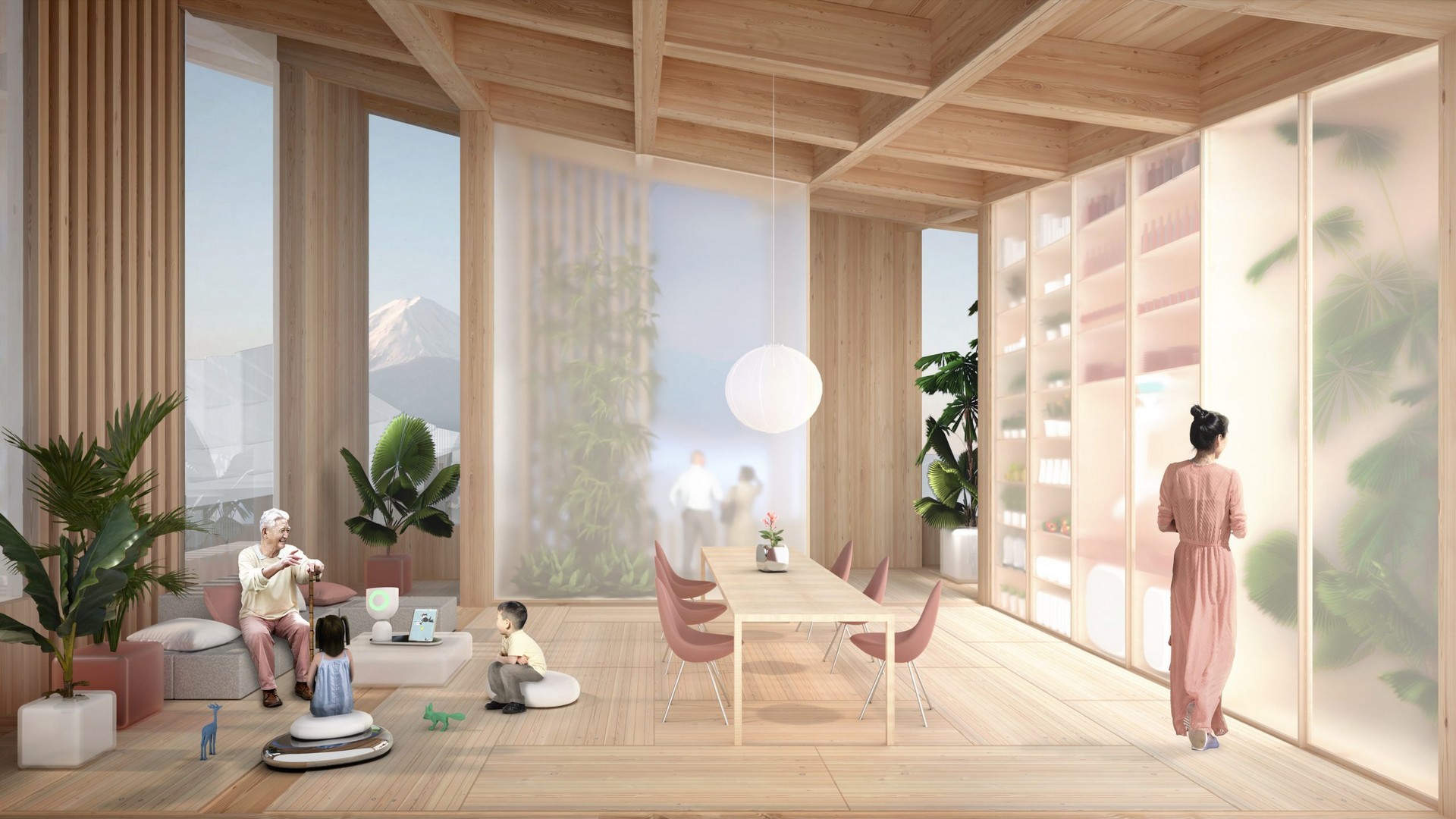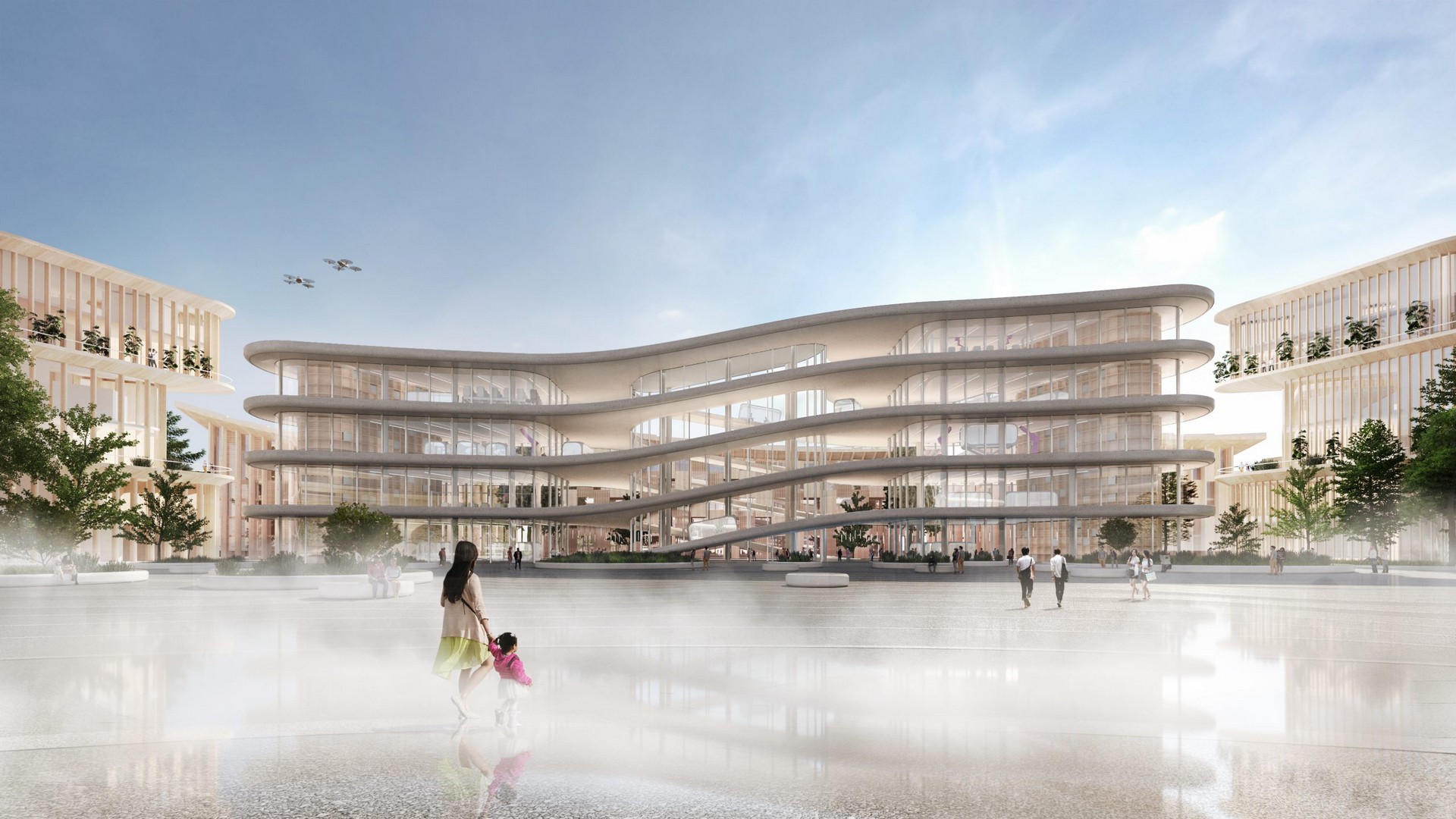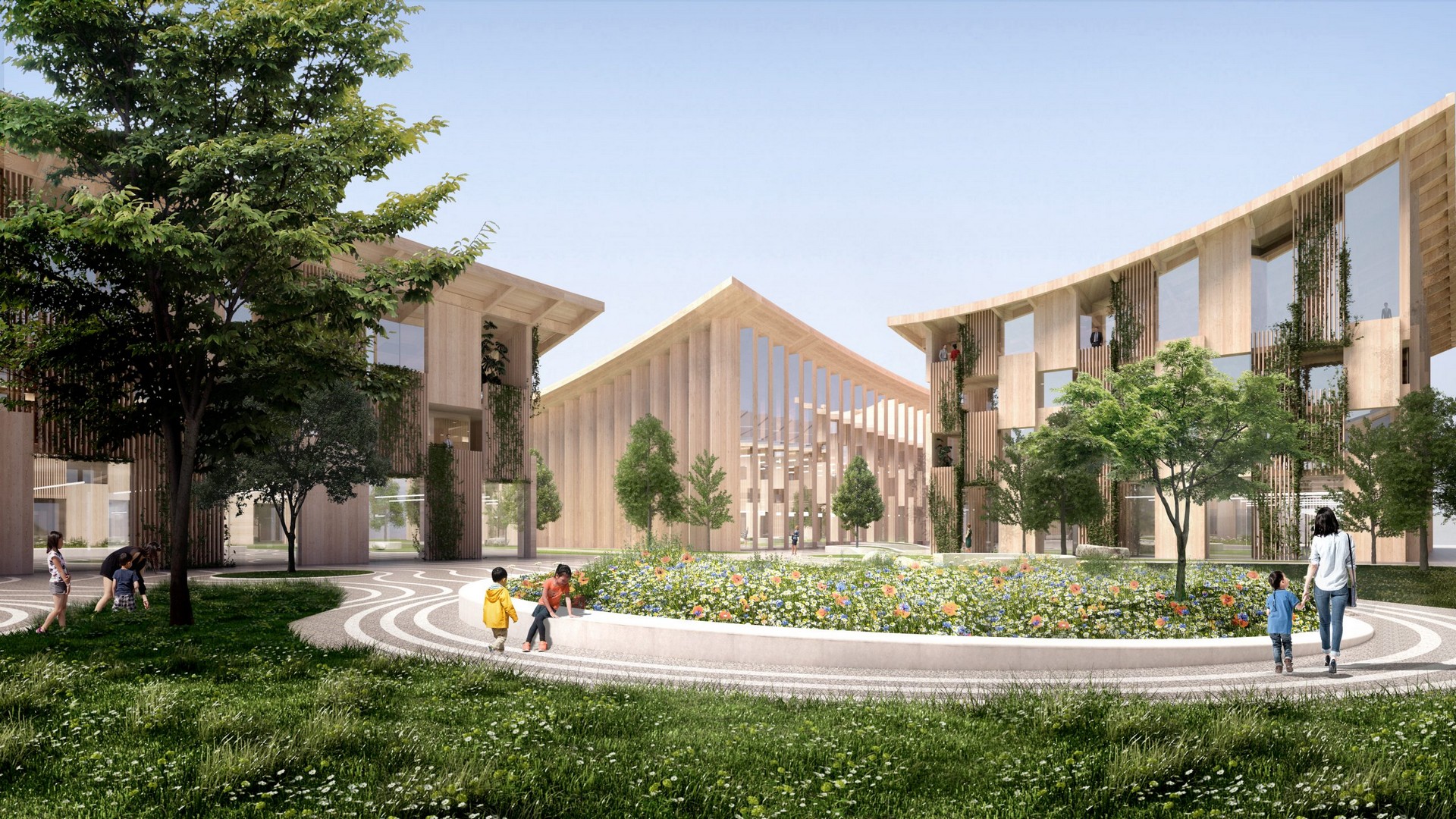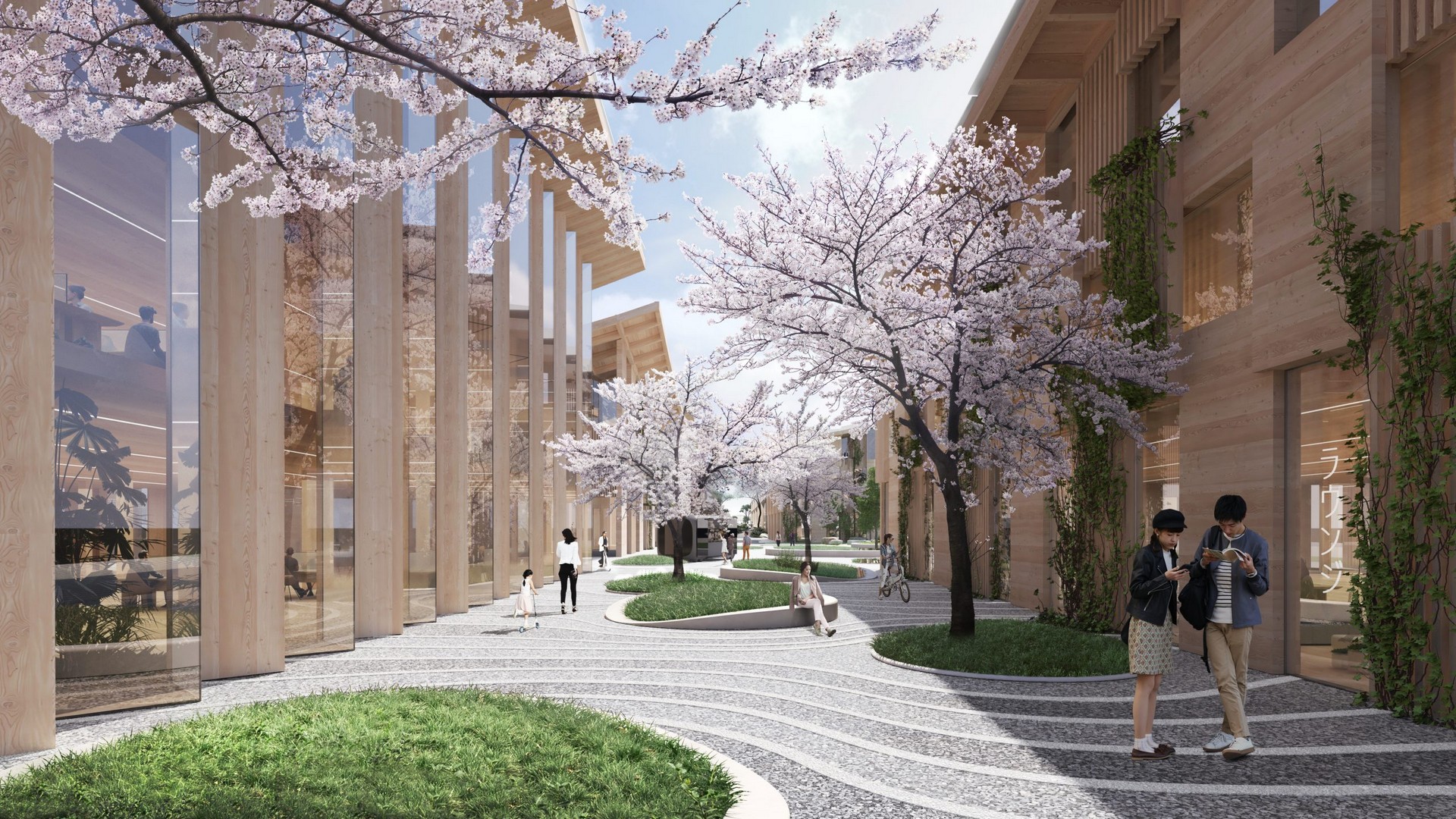A number of automakers attended CES, but none had an announcement that rivaled Toyota’s. While most companies were focused on concepts and technologies, Toyota revealed plans to build the city of the future at the base of Mt. Fuji.
Called Woven City, the prototype town will span 175 acres and feature a “fully connected ecosystem powered by hydrogen fuel cells.” The city is also envisioned as a “living laboratory” where researchers will live and work on projects such as autonomy, robotics, personal mobility, smart homes and artificial intelligence.
The design of the city is being handled by Danish architect Bjarke Ingels who is the CEO of the Bjarke Ingels Group. The name might not ring a bell, but the firm has worked on a number of high-profile projects including Google’s Mountain View headquarters and 2 World Trade Center in New York.
Also Read: Hyundai Will Present Its Vision Of The Future At CES 2020
Ingels expressed his excitement about the project by saying “Connected, autonomous, emission-free and shared mobility solutions are bound to unleash a world of opportunities for new forms of urban life. With the breadth of technologies and industries that we have been able to access and collaborate with from the Toyota ecosystem of companies, we believe we have a unique opportunity to explore new forms of urbanity with the Woven City that could pave new paths for other cities to explore.”
The city will be eco-friendly as the buildings will be primarily constructed out of wood to minimize their carbon footprint. The buildings will also be equipped with solar panels to generate electricity and help supplement the power generated by hydrogen fuel cells.
Of course, that’s just scratching the surface as there will be three different types of streets that “weave together to form an organic grid pattern to help accelerate the testing of autonomy.” One type of street is designed for traditional vehicles, while the second will be reserved for pedestrians and personal mobility devices. The third and final type of street is a “park-like promenade for pedestrians only.”
Speaking of vehicles, only fully-autonomous zero-emission models will be allowed on main thoroughfares. As a result, the primary mode of transportation will be e-Palette shuttles which will also serve as delivery vehicles and mobile retailers.
Toyota plans to break ground in 2021 and the city will be populated by employees and their families as well as retired couples, visiting scientists and industry partners. The company expects to have about 2,000 residents at the ‘beginning’ but will add more people as the project evolves.
For the lucky few who get to live in the city, they can expect a high-tech existence. Toyota didn’t go into many specifics, but confirmed residences will be equipped “in-home robotics to assist with daily living.” There will also be sensors that monitor the health of residents.
There’s no word on how much the city will cost, but Toyota President Akio Toyoda said “Building a complete city from the ground up, even on a small scale like this, is a unique opportunity to develop future technologies, including a digital operating system for the city’s infrastructure. With people, buildings and vehicles all connected and communicating with each other through data and sensors, we will be able to test connected AI technology… in both the virtual and the physical realms … maximizing its potential.”




